UX Studio Practices | The UX of conversation
- Winnie Wong

- Oct 23, 2019
- 6 min read
Updated: Jan 8, 2020
Exploring, exploding, exploiting process, criticality and interaction in relation to user experience design.
Brief 🔍
Design a conversation between a human user and a machine.
Teammates:🤝 Nayla and Kai
Research Methods 📚
We used the "AEIOU" and "Speed Dating" methods to do our project. In the beginning, we thought about different topics which are related to children. For example, we want to find out the conversation between children and animals/ why children are addicted to playing the iPad. However, it is not researchable because we don't have children to be our interviewees. Therefore, we switched our topic which is more related to ourselves. As everyone got their own mobile phone, we spent a lot of time on it every day. Sometimes we think that we are controlling the technology. But actually the technology is controlling you. We humans, are addicted to mobile phone.
IT ALL STARTED WITH QUESTIONS ❓🤔
ACTIVITIES
• what made people use their phones on tube?
• conversation between person and mobile phone:
Eye contact > processing info to brain.
Using headphone > to view videos – listen to music
• If there is no internet on tube, how can they communicate with their phone?
• How did people sit in the tube?
• How did they look at their phones?
• Where did they look? Up down?
• How is the seating positioned? (standing + Sitting)
• How close are people next to me – next to each other?
• Do they know my name?
• How many ppl are having conversation with each other? How many are not?
ENVIRONMENT
• Place around users: Air – voices (the announcement of arrival or next stop) – no daylight – limited space.
• How busy is it? Are there cars around? People around? Is it safe? Secluded?
• What time is it? Peak hours?
• How does the environment affect your convo with ur phone?
INTERACTIONS
• person X machine
• when the phone does a noise, how does someone react to that?
Maybe there is no speak out loud voices (everybody on their earphones).
• How does the phone affect your decision making?
Whether they choose to sit or not while using their phone
• How does their phone affect their attention (decision making to hop off) to the tube stops?
Do you tend to skip stops cuz of your phones?
• What are the interactions happening in your phone and how do they affect your habit?
OBJECTS
• The doors shutting down - people coming in.
Train stopping … someone walking in – empty seats.
How does this affect our attention/ conv with our phones?
• The map of the stops.
How does it affect people?
• The inner reminder in our brain to constantly check the stops.
USERS
• How does the phone react to people’s expectations?
(If their phone had a voice, what would it tell them knowing they using it too too much?).
• If now their phone shut down, how will they feel?
• How much from squale 1 to 10 do they feel addicted to their phone?
The "AEIOU" worksheets
After analysing our topic by AEIOU, we did the observation and interview 5 people at the tube station. I took the video and edited all the video chips together.
The tube station photos
Interview Video 📹 (Took and edited by me)
By asking 5 different questions, we found out some insights from our interviewees.
Q1: What distracts you from your phone on tube?
Q2: What apps do you use mostly on phone knowing there is no wifi?
Q3: If your phone shut down right now, how will you react to that?
Q4: What keep you hocked in/ stuck with your phone?
Q5: If your phone was a person, what is it going to tell you, knowing you are using it underground with no wifi?


In order to find out the potential needs, we drew the relation map below. It shows the relationship between human and phone and the reason why people still rely on phone even there is no internet in tube station.

I suggested the first storyboard idea. And Nayla helped to sketch the first storyboard. We aim to tell the conversation between mobile phone and human.

At the first stage, we tried to find out the potential opportunities of creating some new technologies/ machines, which can help people avoid phone addiction, such as "Smart Glass", "Auto Reminder" and "The Escape Game". However, after getting feedback from our classmates and professors, we are awaken that we were in the wrong direction. If we create some substitutes, they may also make human addicted on them. Therefore, we redesigned our idea, which think out of the box, something more on imagination (without technologies, without limitation)
I read the book "Radical Technologies: The Design of Everyday Life" by Adam Greenfield in order to get better understanding of the relationship between smartphone and human.

This book clarifies the scale and nature of the crisis we now confront of mobile phone and technologies addiction. (Greenfield, 2017) And it provides some possible ways to reclaim our stake in the future. It gives us insightful ideas and directions to move forward in our project.

Outcome

EXPANSION: WHAT IF...
We switched the role of user and the role of mobile phone. Imagine phone is controlling and redesigning human. How's it?

For Speed Dating, Kai and me came up all the ideas and Nayla helped to sketch the 5 storyboards with different scenarios.
* Human = user.
* Phone = object
Scenario 1
Redesigning the interface of humans
Past: We design the user interface of mobile phone.
Now: Phone rearranges and redesigns the interface for people (the way you look). We imagine the human interface will become only with "Finger + eye + ear". Phone only wants you to touch screen, listen phone call and music, read contents and watch video and photos.

Scenario 2
Redesigning the charging system for humans
Past: Human decides whether he wants to charge phone or not. Human is user and phone is object.
Now: In order to fulfill the fairness, the phone would want the humans to be charged. You are charged by holding your phone, which means you can't live without phone anymore. You are not charged by food.

Scenario 3
Redesigning the locking system of humans
Past: We set a password for our phone to lock it or protect it.
Now: Phone set up a lock in system for human. If you don't use it. They will lock you and send you to the rehab.

Scenario 4
Redesigning the fashion system of humans
Past: We give phone a case or cover to protect it from any accident.
Now: Phone gonna redesign all the clothes to be "Phone-friendly".

Scenario 5
Redesigning the upgrading system of humans
Past: We upgrade our phone frequently.
Now: Phone upgrades you by pushing you to consume technology. All your BA, MA and PHD certificates will be related to phone. e.g MA in Phone. In you career, Phone will be your boss and you work for phone creation.

After sketching all the storyboards, Kai and me interviewed different people to get advices. I took and edited all the videos. We found out that most of the interviewees like the scenario of redesigning the upgrade system of humans.
Interview Photos
Interview video 📹 (Took and edited by me)
Final outcome 🤞
We did a presentation and created an experience for the whole class. We recorded the script about "Phone being human" and he is a teacher to teach you how to upgrade them and order you to do tasks.
Audio 1 🔊 (recorded by Kai)
Hi, I'm in charge now. First, I need all of you human to hand in your phones. You have 10 seconds. 10, 9, 8, ...

Audio 2 🔊 (recorded by Kai)
Now, you will find the banana in this room. The one who finds it will be rewarded. You have 15 seconds. 15, 14, 13, ...
Audio 3 🔊 (recorded by Kai)
Congratulations! You all have graduated with MA in Phone Upgrade. Now, check your Slack for the certification.

Project feedback & Reflection
We received some valuable feedback from our classmates. They like our idea of switching the role of smartphone and human. It is an irony way to show the problem of smartphone addiction. They thought it is a good experience for the whole class to upgrade themselves by having a lesson with a smartphone. After doing the project, we all felt satisfied with bringing awareness to everyone. Now, I am also changing my mobile phone habits in order to fulfil digital wellbeing.
References 📖
The Stack and the Post-human User: an Interview with Benjamin Bratton. Retrieved from https://tuinvanmachines.hetnieuweinstituut.nl/en/stack-and-posthuman-user-interview-benjamin-bratton
Duhigg, C. (2012) How Companies Learn Your Secrets, New York Times
Costanza-Chock, S. (2018) Design Justice, A.I, and Escape from the Matrix of Domination, retrieved from https://cmsw.mit.edu/design-justice-ai-escape-matrix-of-domination/
Greenfield, A. (2017). Radical technologies.
The Great Hack. (2019). [film] Directed by K. Amer and J. Noujaim. Netflix.

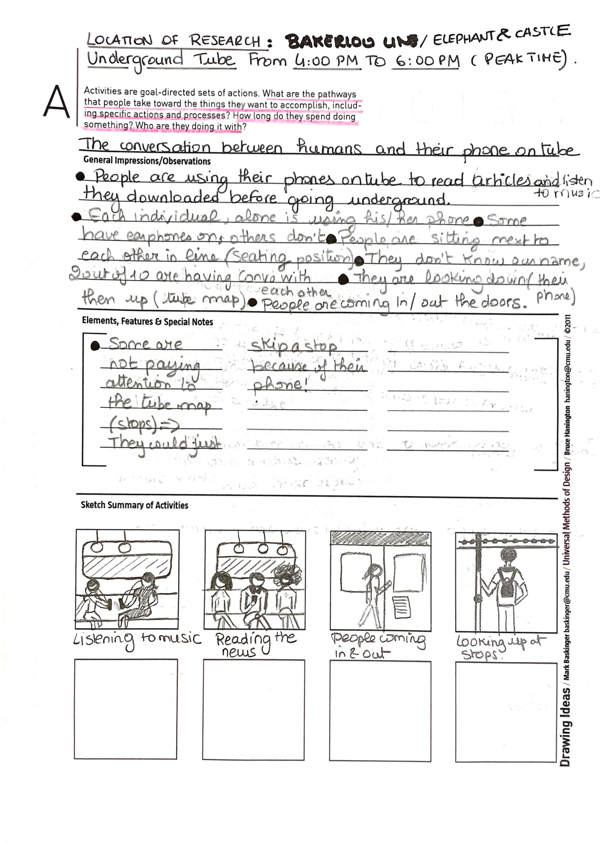

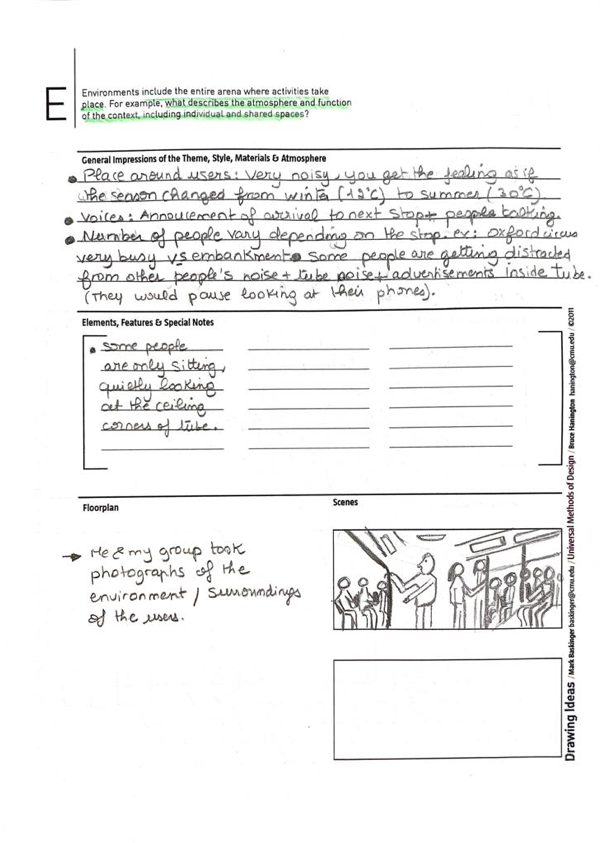

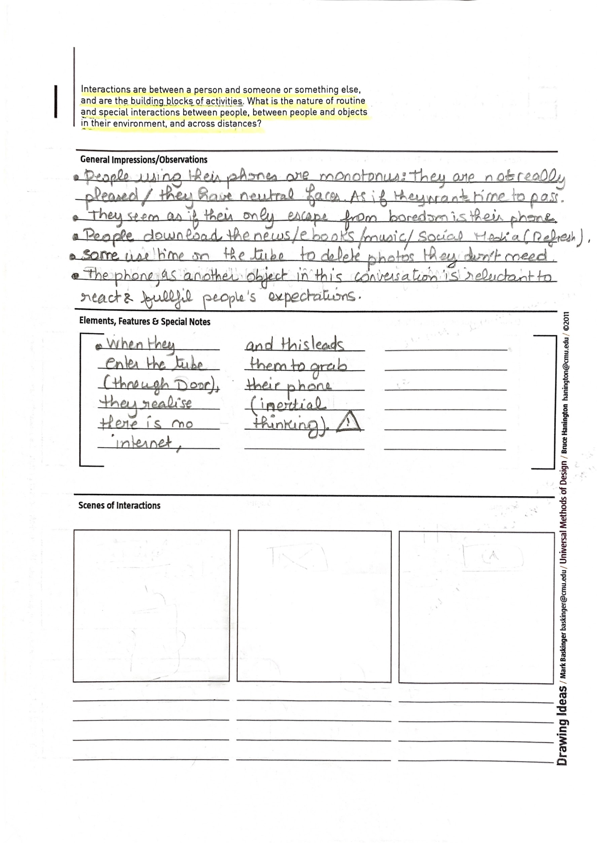

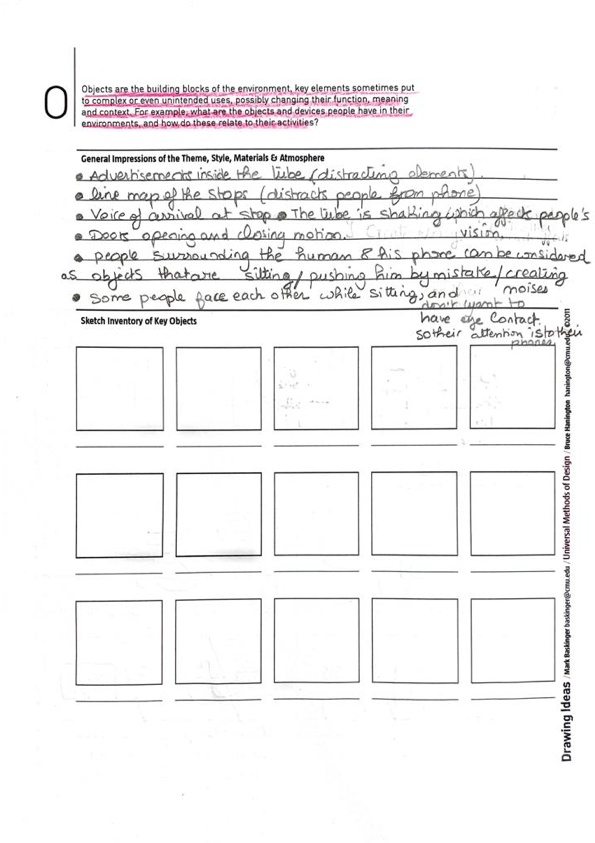

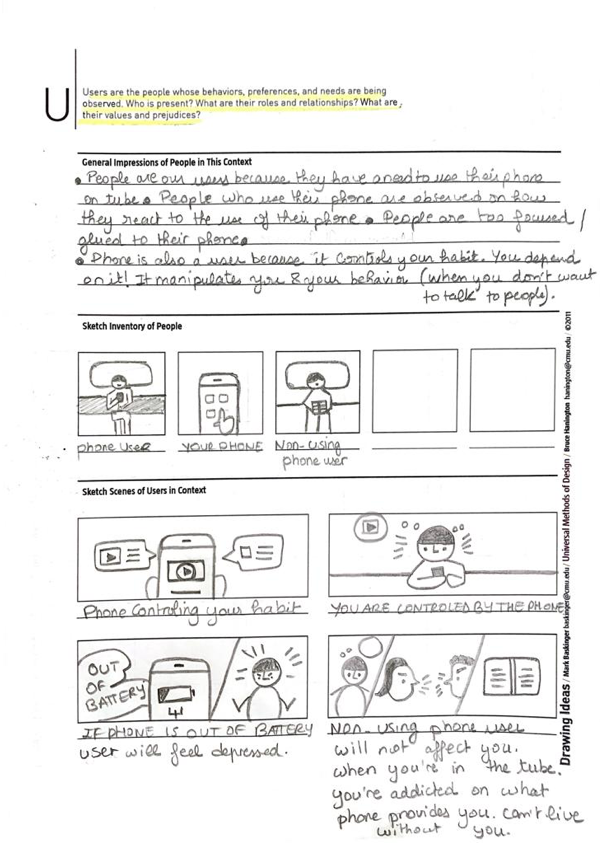



















Comments